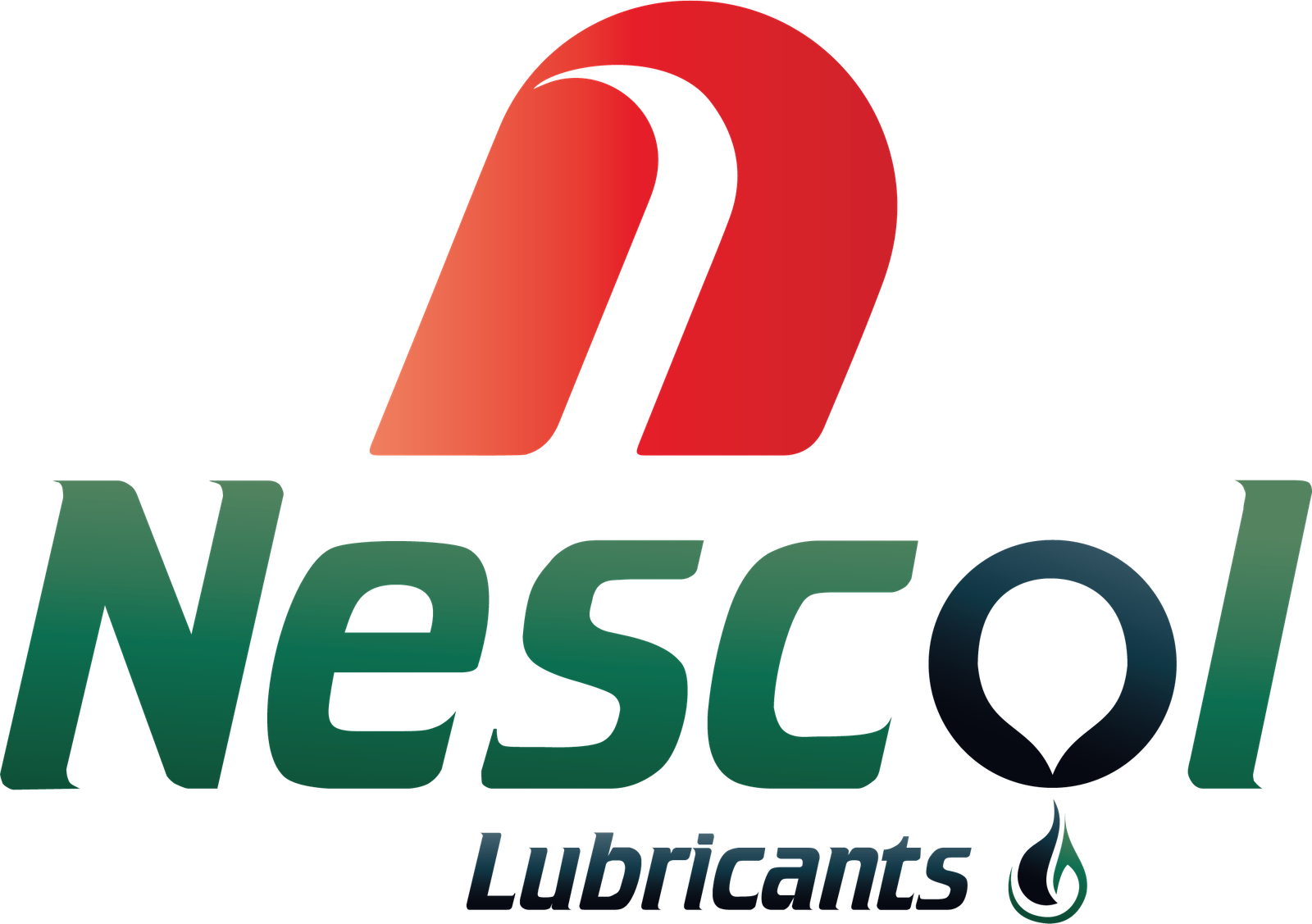Let’s Start Work
Together
Please feel free to contact us. We will get back to you with 1-2 business days. Or just call us now.
Understanding Nescol 2-6-DI-Tert-Butyl-p-Cresol
Nescol 2-6-DI-Tert-Butyl-p-Cresol, commonly referred to as TBpC, is an organic compound belonging to the phenolic antioxidant family. It is a colorless to pale yellow liquid with a characteristic aromatic odor. TBpC was first synthesized in the 1960s and has since gained widespread recognition for its remarkable properties and applications in the automotive industry.

Structure and Properties of TBpC
- Thermal Stability: TBpC exhibits excellent thermal stability, allowing it to function effectively at high temperatures. This property makes it suitable for use in engine oils, transmission fluids, and other automotive lubricants, where high operating temperatures are common.
- Chemical Stability: TBpC is chemically stable and resistant to oxidation, making it an effective inhibitor against oxidative degradation in automotive fluids. Its stability also ensures that it does not react with other additives or components in the formulation, maintaining the overall performance of the lubricant.
- Antioxidant Efficiency: The phenolic hydroxyl group in TBpC's structure enables it to act as a highly efficient antioxidant. It can effectively scavenge free radicals and inhibit oxidation reactions in automotive fluids, thereby prolonging their service life and ensuring optimal performance.
Applications of TBpC in the Automotive Industry
One of the primary applications of TBpC in the automotive industry is as an antioxidant additive in engine oils. The high thermal and chemical stability of TBpC allows it to protect engine components from oxidative degradation, which can lead to oil thickening, sludge formation, and reduced oil flow. By incorporating TBpC into engine oils, manufacturers can enhance their products’ performance, extend oil change intervals, and improve overall engine durability.
Transmission fluids are another crucial component in the automotive industry where TBpC finds extensive use. The antioxidant properties of TBpC help protect transmission components from wear and tear caused by oxidation and high temperatures. This results in smoother gear shifts, reduced noise, and improved overall transmission performance.
Hydraulic fluids are essential for maintaining the proper functioning of various systems in vehicles, such as braking, steering, and suspension. TBpC’s antioxidant capabilities can help prevent oxidation and degradation of hydraulic fluids, ensuring their long-term stability and performance. This leads to improved system efficiency and longer component life.
Gear oils are specifically designed to lubricate and protect gearboxes in automotive applications. The incorporation of TBpC in gear oils helps to prevent oxidation and thermal degradation, which can lead to increased wear and reduced gear efficiency. As a result, TBpC-enhanced gear oils contribute to extended gearbox life and improved vehicle performance.
Greases are used in various automotive applications, such as wheel bearings, suspension joints, and chassis components, to provide lubrication and protect against wear. The addition of TBpC in grease formulations can enhance their oxidation resistance and thermal stability, ensuring that the grease remains effective in high-temperature environments. This results in improved component performance, reduced wear, and extended service life.
Benefits of Using TBpC in the Automotive Industry
- Enhanced Fuel Efficiency: By protecting automotive fluids from oxidative degradation, TBpC helps maintain their viscosity and performance characteristics. This allows engines, transmissions, and other systems to operate more efficiently, ultimately leading to improved fuel economy and reduced greenhouse gas emissions.
- Longer Service Life and Component Durability: The antioxidant properties of TBpC help prevent the premature failure of critical components in automotive systems. This results in longer service life and improved durability, reducing the need for frequent repairs and maintenance.
- Reduced Environmental Impact: As TBpC helps to maintain the performance and stability of automotive fluids, it contributes to a reduction in fluid consumption and waste generation. This, in turn, minimizes the environmental impact associated with the disposal and replacement of these fluids.
- Improved Vehicle Performance and Reliability: The incorporation of TBpC in various automotive fluids leads to enhanced performance, reduced wear, and improved reliability of engine, transmission, hydraulic, and other systems. This results in a smoother driving experience and increased overall vehicle longevity.
Conclusion and Future Outlook
Nescol 2-6-DI-Tert-Butyl-p-Cresol (TBpC) has emerged as a vital additive in the automotive industry due to its unique properties and versatile applications. By providing enhanced thermal and chemical stability, as well as efficient antioxidant protection, TBpC contributes to improved fuel efficiency, longer service life, reduced environmental impact, and overall better performance of automotive fluids and systems. As the automotive industry continues to prioritize sustainability and performance, the role of TBpC as a key additive is expected to grow even more significant in the years to come.
